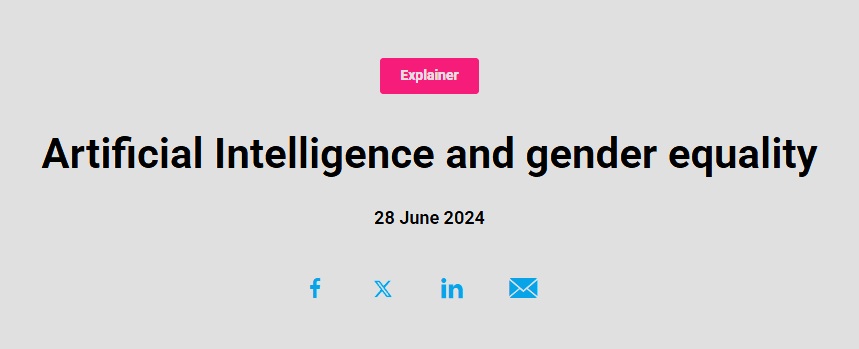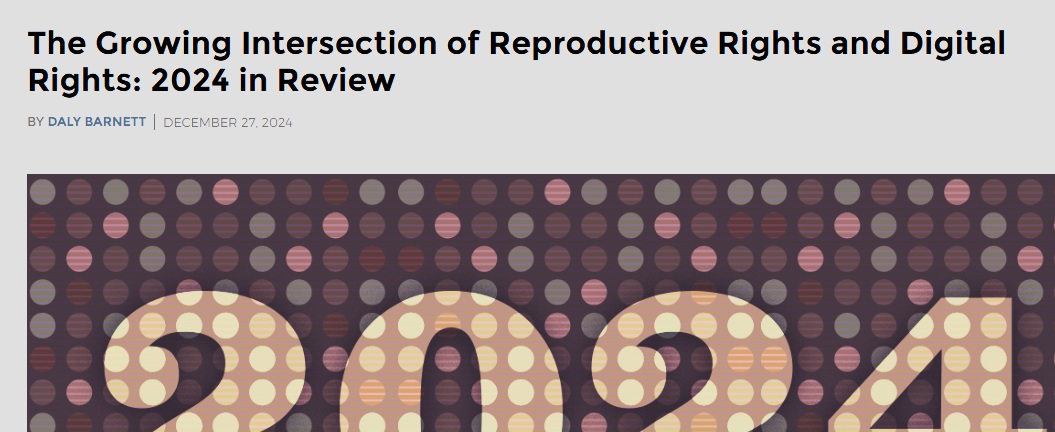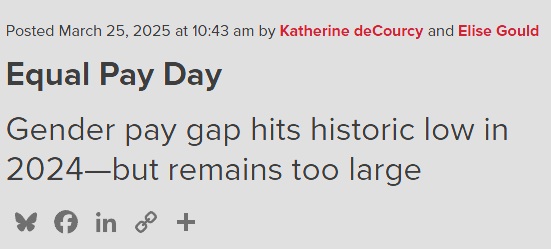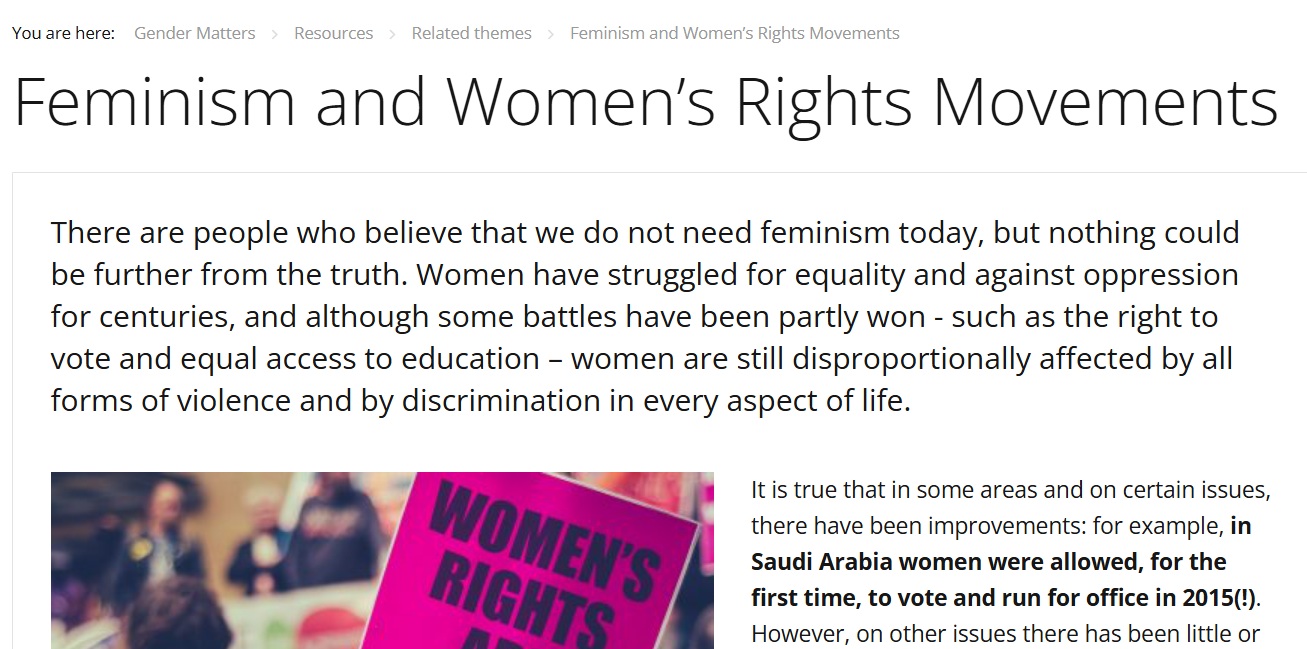Gender Bias in AI: The 2024 Wake-Up Call

New research reveals 44% of AI systems show gender bias, while women's underrepresentation in tech is making it worse. From ChatGPT to image generators, AI is reinforcing harmful gender stereotypes.
Related Topics
Alarming Evidence of AI Bias
Ahead of International Women’s Day 2024, a UNESCO study revealed worrying tendencies in Large Language Models (LLMs) to produce not just gender bias, but also homophobia and racial stereotyping. The findings:
- Women were described as working in domestic roles 4 times more often than men
- Female names were frequently associated with words like “home”, “family”, and “children”
- Male names were linked to “business”, “executive”, “salary”, and “career”
Analysis of 133 AI Systems
The Berkeley Haas Center for Equity, Gender and Leadership analyzed 133 AI systems across different industries and found:
- 44% of them showed gender bias
- 25% exhibited both gender and racial bias
- The prompt “lawyer” disproportionately generated images of older Caucasian men
- The prompt “nurse” tended to result in images appearing female
Women Are Avoiding AI Technology
A 2024 survey by the Federal Reserve Bank of New York revealed a concerning trend:
Generative AI Usage Rates:
- Men: 50% (in the past 12 months)
- Women: Only 33%
Across most studies, the share of women adopting AI tools was 10 to 40 percent smaller than the share of men. Women are questioning whether it’s ethical to use these tools.
Career Implications
If women continue to shy away from AI, this could lead to:
- Widening pay gaps
- Reduced job opportunities
- Disadvantage in the tech-driven future economy
How AI Reinforces Stereotypes
Training Data Bias
“Artificial intelligence mirrors the biases that are present in our society and that manifest in AI training data.” — AI researcher Beyza Doğuç
Since AIs featuring female characteristics are predominantly developed by men, they mirror their ideas about women, underscoring the need for increasing women’s participation in STEM education and careers.
Representation Crisis
Natacha Sangwa, a student from Rwanda who participated in coding camps, observed: “I have noticed that [AI] is mostly developed by men and trained on datasets that are primarily based on men.”
Solutions and Actions
Feminist Data Practices
- Analyzing how power operates and using data to challenge unequal power structures
- Moving past the gender binary
- Valuing multiple forms of knowledge
- Prioritizing local and Indigenous knowledge
Corporate Commitments
In February 2024, 8 global tech companies including Microsoft endorsed the UNESCO Recommendation on the Ethics of AI, calling for:
- Ensuring gender equality in AI tool design
- Ring-fencing funds for gender-parity schemes
- Financially incentivizing women’s entrepreneurship
Policy Recommendations
-
Increase Women’s Participation in AI Development
- Set quotas and incentives
- Provide training and education opportunities
- Create inclusive work environments
-
Audit Existing Systems
- Regularly check AI systems for bias
- Establish transparent reporting mechanisms
- Implement corrective measures
-
Diversify Datasets
- Ensure representative training data
- Include diverse voices and experiences
- Avoid perpetuating historical biases
The Urgency
As AI technology rapidly develops and spreads, addressing gender bias becomes more critical. Without action, these systems will continue to reinforce and amplify existing inequalities, affecting billions of people’s life opportunities.
As UN Women emphasizes: “We must ensure that AI development doesn’t roll back the progress we’ve made on gender equality, but instead becomes a tool for advancing equality.”
Call to Action
Everyone can contribute to creating a more equitable AI future:
- Educate yourself about AI bias
- Support organizations working on ethical AI
- Advocate for change in workplaces and communities
- Participate in tech development to ensure diverse voices are heard
The future of AI must be feminist AI — inclusive, equitable, and representative of everyone.
Related Articles

Reproductive Rights in the Digital Surveillance Era: When Technology Becomes a Tool of Oppression
In the post-Roe era, digital privacy has suddenly become a matter of life and death for abortion seekers. Period tracking apps, search histories, and location data can all become evidence for prosecution. This article analyzes how digital surveillance threatens reproductive freedom and how women can protect their digital privacy.

Equal Pay Day 2024: Gender Pay Gap Hits Historic Low—But Remains Too Large
In 2024, women in the US earn an average of only 85% of what men earn, with the gender pay gap reaching a historic low of 18% but progress remains painfully slow. Women with advanced degrees face an even larger pay gap, losing over $32,500 annually. This economic inequality is not just a personal loss but a manifestation of systemic discrimination.

Feminism and Women's Rights Movements
This article provides an in-depth exploration of the definition of feminism, its historical development (including three waves and cyberfeminism), and its importance in contemporary society. It details the various forms of gender discrimination and explains why specific women's rights are necessary, emphasizing that women's rights are human rights.
Support Our Work
If this content has been helpful to you, please consider supporting us to continue curating quality feminist resources
☕ Buy me a coffeeComments & Discussion
Share your views and feelings about this article
Join the Discussion
Share your views and feelings about this article
Loading comments...